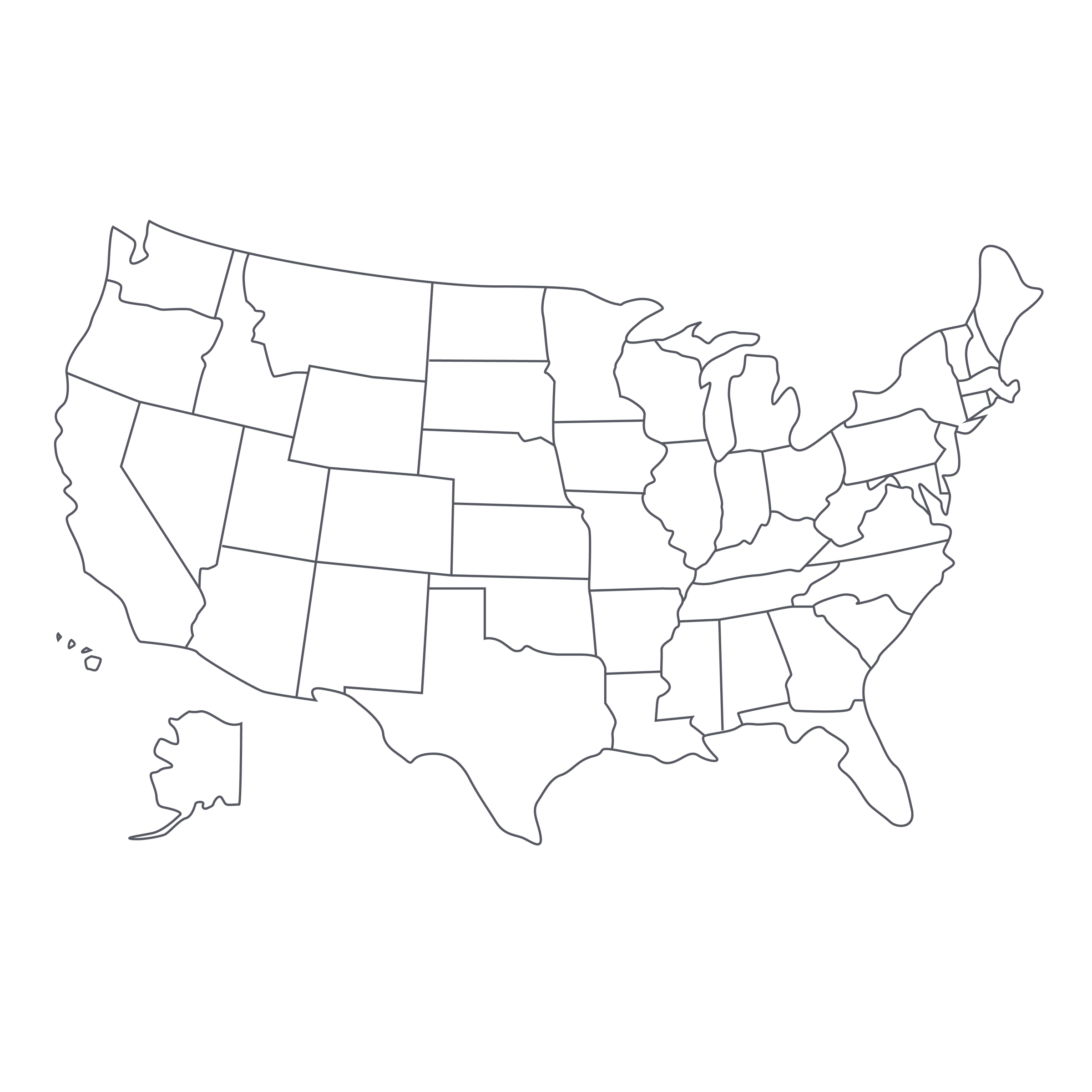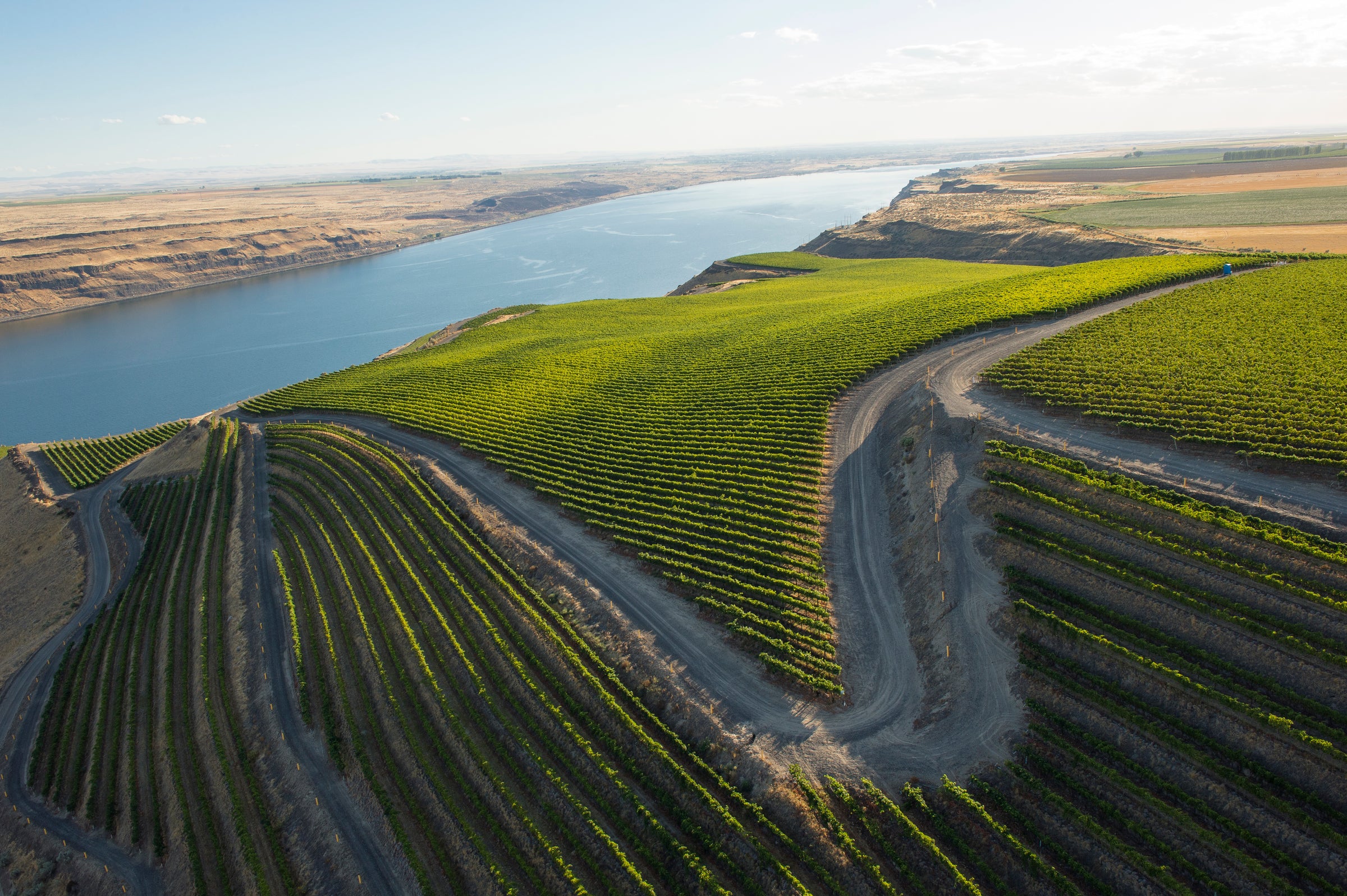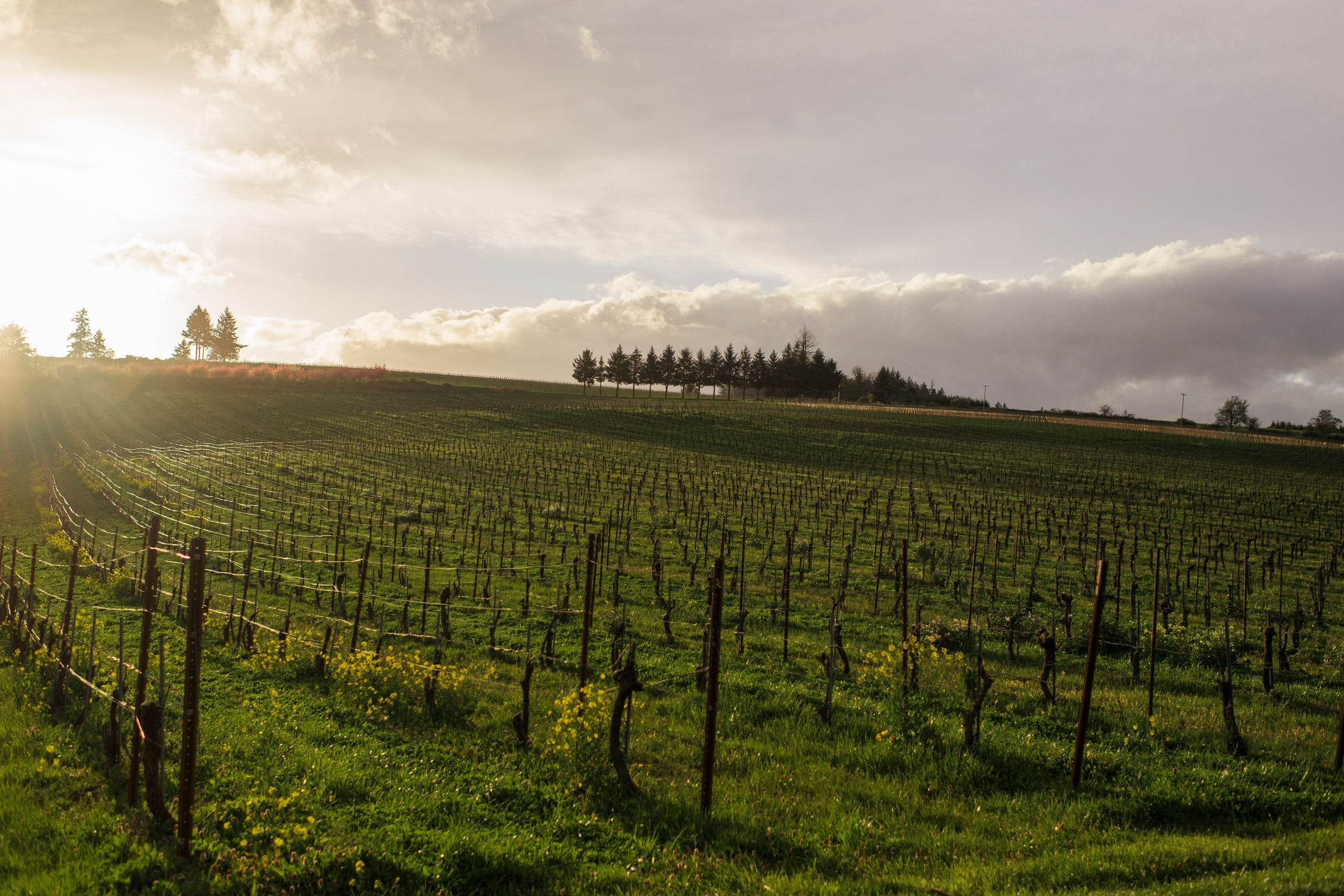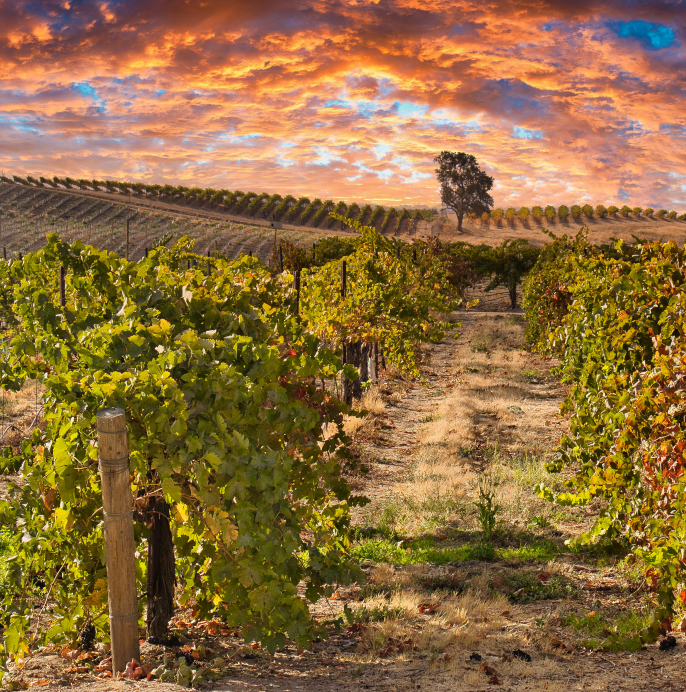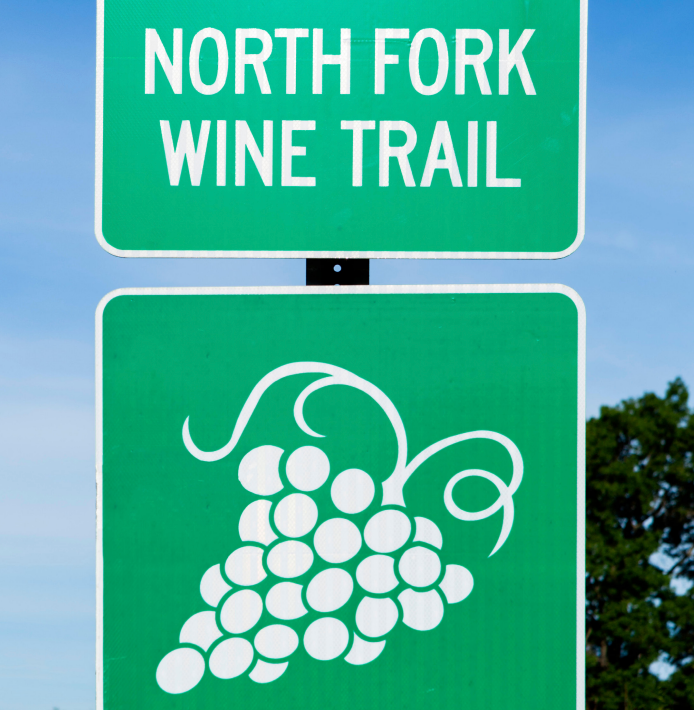Perhaps more than any other—and there have been many before it—today’s wine hammers home my oft-repeated claim that Oregon produces the best-value Pinot Noirs in the world. But there’s more: Arterberry Maresh comes from one of the founding families of Willamette Valley wine, whose old-vine parcel in the Dundee Hills is a critical piece of Oregon wine history—a landmark to rival the trailblazing Eyrie Vineyard.
It seems that no matter how many times we are floored by a Pinot Noir from this region, another one comes along and raises the bar. Now it is wunderkind winemaker Jim Arterberry Maresh, a third-generation Dundee Hills grower, who has raised the bar to a seemingly insurmountable height; the amount of nuance, aromatic complexity, and pure Pinot Noir character this wine delivers at this price simply defies logic. As a devoted Burgundy lover, I could probably find a few wines to put up against this 2018, but the list would be short, and it’d be apples and oranges, anyway—the slight edge in fruit concentration and accessibility gives a new-release Oregon wine the edge in the pleasure department. I know I’ve ‘cried wolf’ before, but what can I say: The Willamette Valley continues to outdo itself! Stock up and stay happy for months/years to come!
I consider it the ultimate win-win when we can offer a wine that is not only an unparalleled value but made by a reference-point producer—a “teachable moment,” if you will. In the late 1950s, Jim and Loie Maresh bought a farm in the Dundee Hills and began growing assorted fruits and other crops. Shortly after David Lett of Eyrie planted what were said to be the first Pinot Noir vines in the Willamette Valley, Jim and Loie—encouraged by another Willamette Valley luminary, Dick Erath—planted their first grapevines, in 1970. That original site, called the Maresh (pronounced “Marsh”) vineyard, is the fifth-oldest vineyard in the Valley and a key fruit source for today’s wine—a “Grand Cru” if Oregon had such things!
Jim and Loie’s daughter, Martha Maresh, married Willamette Valley winemaker Fred Arterberry, whose eponymous label was well-known and well-regarded, thanks in no small part to prime Pinot fruit from the Maresh Vineyard. Arterberry Winery closed after Fred’s untimely death in 1990, and for many years the fruit from the Maresh site was used in acclaimed vineyard-designate bottlings from other producers. But when Jim Maresh, Jr., Fred and Martha’s son, established his label in 2005, he brought it back into the family fold.
Given how “young” Oregon’s wine industry is, it’s rare to hear tell of a “third-generation” winegrower in the region, and in fact Jim Maresh, Jr. may be the only one. He sources fruit not just from his grandfather’s organic, dry-farmed vines but from an assortment of other top Dundee Hills sites. Soils here are mostly “Jory,” a silty clay/loam derived from igneous (i.e. volcanic) rock, and Arterberry Maresh’s style emphasizes moderate alcohol, tension, and lifted aromatics. This wine aged about 18 months in 15% new French oak, and even at this relatively young age, the wine shows seamless integration of fruit, oak, and earth.
In the glass, the 2018 has a vibrant cool-climate personality along with a juicy-but-not-sweet core of perfectly ripe Pinot Noir fruit. In the glass, it shines a bright garnet-red moving to pink at the rim, with seductive aromas of tiny red berries, wild strawberry, black cherry, blood orange, warm spice, tea leaves, and underbrush. It is medium-bodied and oh-so-long on the finish, impeccably balanced and poised for further development. I wouldn’t hesitate to hold some to revisit over the next 5-7 years, but please, do not wait to pull a few corks—this is a flat-out delicious Pinot that has plenty to say right now, especially after 30 minutes or so in a decanter. Serve it at 60-65 degrees in Burgundy stems with some grilled salmon, roasted chicken, pork…really anything on the lighter end of the meat spectrum will work beautifully. In fact, it will be hard to find something this wine doesn’t go with. Cheers!


